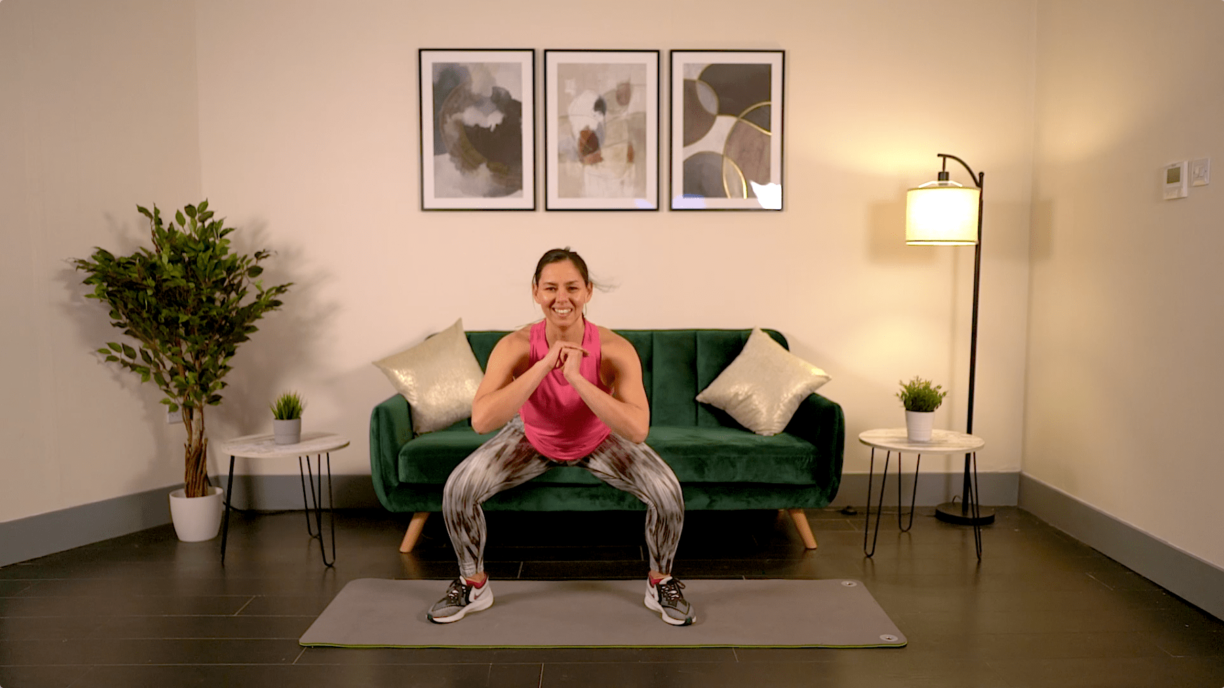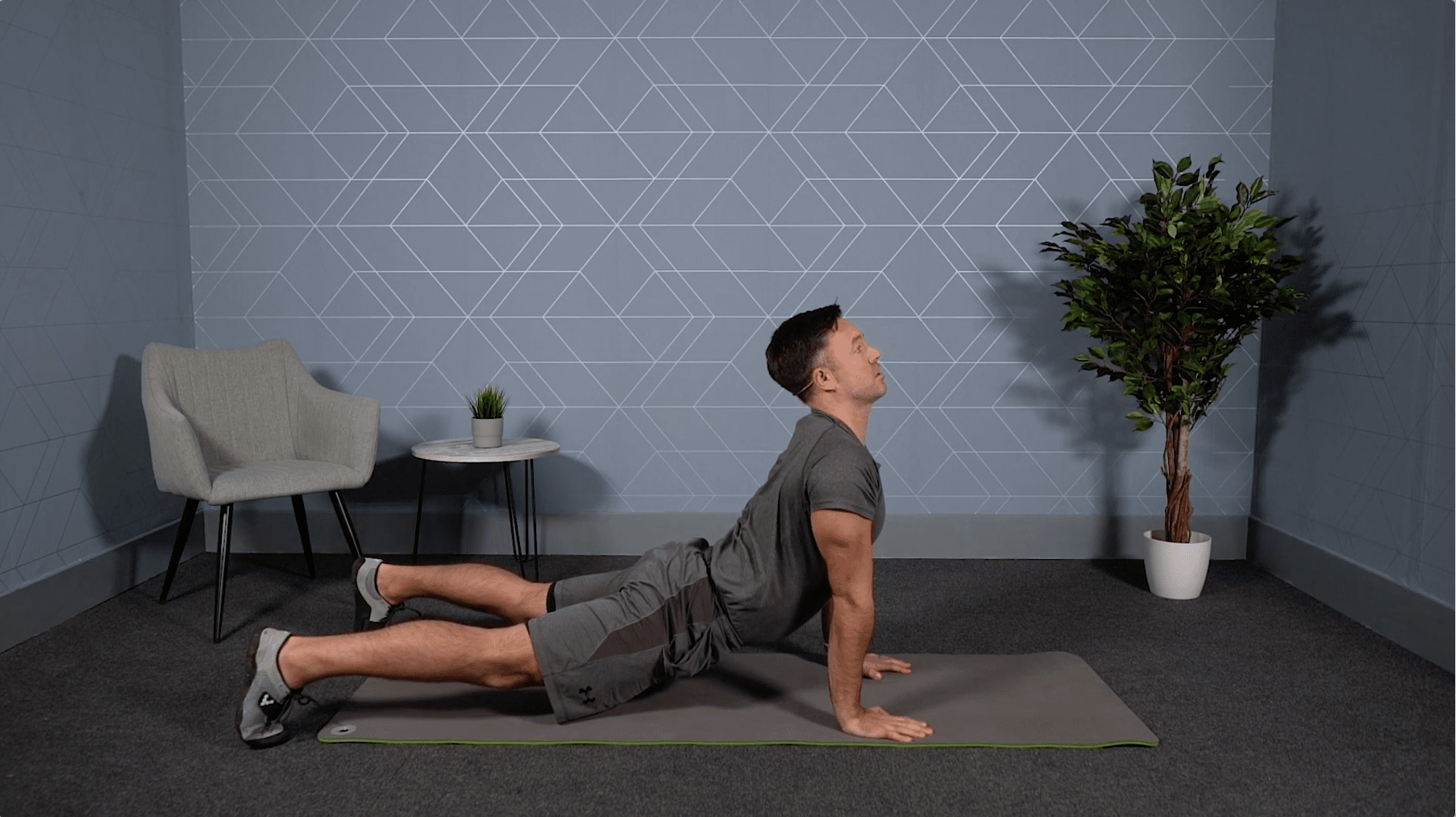
Whether you are new to fitness and trying to establish a workout routine or a gym lover who wants to switch up their schedule, it can be difficult to decide on the right style and amount of cardio for you.
Cardio is crucial in helping you develop your fitness and stamina, as well as a great way to release endorphins and boost your mood. There are two key types of cardio, low-intensity and high-intensity.
Both have unique benefits, so it can be challenging to decide which will suit you and your fitness goals more.
To help those looking to incorporate cardio into their workout routine understand the key differences and features of low intensity and high-intensity cardio, Steven Virtue, Fitness Development Manager at Total Fitness, shares his expert insights:
What is Cardio Exercise?
When it comes to types of exercise, there are few as commonly known as cardio. It is often debated how much cardio a workout routine should include and which type of cardio is the most effective, but what exactly is this form of exercise?
Put simply, cardiovascular exercise, or cardio for short, refers to exercises that work the body’s aerobic system – the aerobic system determines how well your body can use oxygen to fuel activity.
Therefore, when you are doing cardio, you are training your body to use oxygen more effectively during your workout session.
When combined with a calorie deficit and resistance training, cardio exercise is effective in aiding fat loss as it allows you to burn more calories, thus creating a greater deficit.
What is Low Intensity Training (L.I.T)?
Low intensity, steady-state training refers to a style of aerobic training that is exactly what it says on the tin – low-intensity training over a prolonged period of time.
Examples of L.I.T include activities such as hiking, walking, jogging, and moderate cycling, most of which can be easily incorporated into your daily routine.
This type of training takes a much slower and more sustainable approach to cardiovascular exercise, compared to High-Intensity Interval Training, allowing the body time to build up aerobic endurance so that you can work at a comfortable intensity.
What is High-Intensity Interval Training (H.I.I.T)?
H.I.I.T is an incredibly popular style of exercising that focuses on high levels of effort for a short time, followed by a period of rest, and then repeated for a certain number of intervals to exhaustion.
Quite the opposite of low-intensity training, H.I.I.T aims to build the aerobic system faster than any other method and is often a favourite of those who want to get their heart racing and pack a punch into a short workout.
Another key difference is that this form of exercise also challenges our anaerobic system, which is what enables the body to produce energy without oxygen.
Anaerobic training is highly stressful so, whilst it allows you to improve your speed and strength, you can only maintain this type of training for a limited amount of time.
Which type of fitness training is right for me?
If we compare these two types of exercise modalities based on which is the better form of cardio to build your aerobic base, then L.I.T is superior.
The fundamental long and steady nature of L.I.T teaches the body to pace itself.
Whilst this may take longer, the performance peak that you can reach is much higher and more sustainable than H.I.I.T, making this type of training more suited to those new to fitness.
However, even those on the opposite end of the spectrum can benefit from low-intensity cardio as it aids athletes’ recovery and aerobic progression.
H.I.I.T can still build the aerobic system, but the short intervals do not substitute for the volume of aerobic training that L.I.T provides.
In addition, the high-impact nature of H.I.I.T can be overwhelming and particularly challenging to those new to fitness, causing your form to suffer.
If you are new to exercising, then focus on L.I.T to help you build a strong aerobic foundation so that you can tackle H.I.I.T more effectively in the future.
Also, consider if you are prone to injury when participating in high-impact exercises.
If so, then longer periods of L.I.T, such as hiking or cycling, maybe a safer way for you to experience the benefits of cardio.
Nevertheless, when it comes to working out, it’s crucial to enjoy the exercises you are doing, so take this into account too.
If you love the rush of endorphins after a sweaty H.I.I.T session then still include this in your workout routine, just consider how you can also incorporate a balance of L.I.T exercises into your schedule to really strengthen your aerobic system!
If you’re looking to incorporate L.I.T or H.I.I.T training into your next workout, here are two easy routines that you can try:
L.I.T Training Example:
Total Time: 36 minutes
3 Sets at 65-75% Effort
- 4 Minutes Cycle
- 4 Minutes Run
- 4 Minutes Bike
Do 2-3 times per week
Increase your effort level each week or increase your time on the Cycle, Run or Bike
H.I.I.T Training Example:
Total Time: 14 Minutes
8 Sets of Each at HIGH EFFORT
- Cycle: 20s work 10s rest
- 1 Minute Rest
- Run: 20s work 10s rest
- 1 Minute Rest
- Bike: 20s work 10s rest
For more information, please visit: www.totalfitness.co.uk
